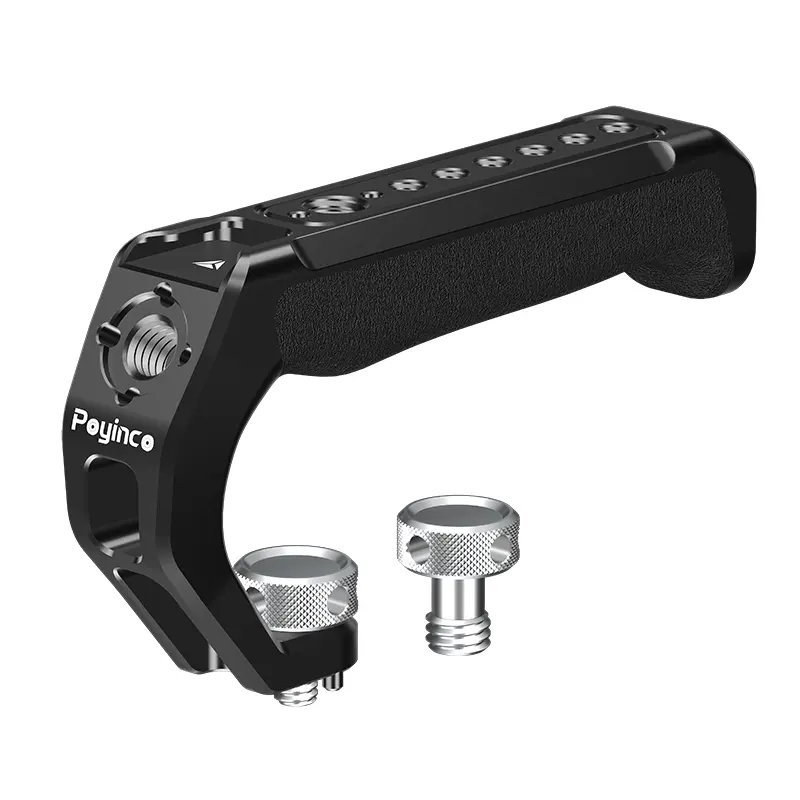

Time:2025-03-14 Views:1

Rapid - release plates are often utilized in a wide range of applications, from industrial machinery to aerospace components, where their ability to withstand concentrated loads is of utmost importance. Concentrated loads refer to forces that are applied over a relatively small area of the plate. When a rapid - release plate is subjected to such loads, it needs to maintain its structural integrity without undergoing excessive deformation or failure.
In industrial settings, for example, in material handling equipment like cranes and forklifts, rapid - release plates may be used in connection mechanisms. These plates must endure the concentrated forces exerted when heavy loads are being lifted or transferred. The design of the plate plays a critical role in its load - bearing capacity. Materials with high strength - to - weight ratios, such as advanced alloys or high - performance composites, are commonly chosen. These materials can distribute the concentrated load more effectively across the plate's surface.
Engineers also consider the geometry of the rapid - release plate. A plate with a thicker cross - section in the area where the concentrated load is applied can enhance its resistance. Additionally, the use of reinforcement structures, like ribs or stiffeners, can further improve the plate's ability to withstand these forces. Finite element analysis (FEA) is often employed during the design phase to simulate the distribution of stress and strain within the plate under different concentrated load scenarios. This allows for the optimization of the plate's design, ensuring that it can safely handle the expected loads. By understanding and improving the rapid - release plate's resistance to concentrated loads, industries can enhance the reliability and safety of their equipment.
Read recommendations:
Camera Hot Shoe Top Handle Grip Video Stabilizing Rig
Mini NATO Handle Camera Cage Handle Grip